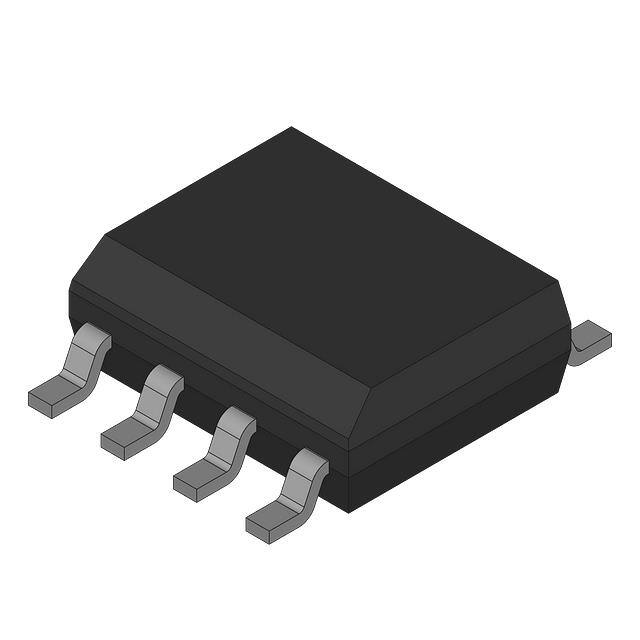What is better oled or qled
What is OLED?
OLED (Organic Light-Emitting Diode) is a display technology that forms images by self-emitting light from organic materials under the action of electric current. Unlike traditional LEDs (light-emitting diodes) and LCDs (liquid crystal displays), OLED displays do not require a backlight because each pixel can emit light independently. This gives OLED displays some unique advantages and features:
How OLED works
The core of OLED displays is organic light-emitting materials, which are located between two electrodes. When current passes through, the organic material emits light. Because each pixel can emit light by itself, OLED does not need to rely on a backlight layer like LCD screens. This means that the brightness of each pixel can be controlled more accurately or turned off completely, resulting in deeper blacks and higher contrast.
Application Scenarios
OLED technology has been widely used in high-end smartphones (such as iPhone, Samsung Galaxy series), smart watches, TVs, virtual reality devices, etc., especially in devices with high display requirements.
What is QLED?
QLED (Quantum Dot Light Emitting Diode) is a display technology based on quantum dot technology, mainly used to improve the color performance and brightness of LCD displays. It is actually an upgrade of traditional LCD technology, not a completely different technology from OLED.
How QLED works
The core of QLED technology lies in quantum dots, which are nano-scale semiconductor particles. These quantum dots are extremely small in size and can emit light under the action of electric fields or light. Quantum dots of different sizes emit light of different wavelengths, thereby displaying different colors. For example, small-sized quantum dots emit blue light, and large-sized quantum dots emit red light.
In QLED displays, the quantum dot layer is placed between the backlight and the liquid crystal layer to optimize the light emitted from the backlight to make it closer to the natural spectrum, thereby improving color accuracy and brightness. Here is the basic structure of a QLED screen:
LED backlight: Like ordinary LCD, QLED still relies on backlight to emit light, but QLED enhances the backlight quality through quantum dots.
Quantum dot filter layer: This layer contains quantum dots, which are used to decompose the light emitted by the backlight into high-precision red, green, and blue (RGB) light.
Liquid crystal layer: QLED still uses a liquid crystal layer to regulate the passage of light and display images, which is similar to traditional LCD technology.
What is better OLED or QLED ? Does OLED have deeper blacks? Is QLED or OLED better? What is the difference between OLED and QLED? Is OLED worth it over QLED?And so on
For these questions, let's take a look at the comparison between them, and you will know clearly which one is better between OLED and QLED
1.Contrast and black performance comparison between OLED and QLED
Advantages of OLED: OLED is a self-luminous technology, and each pixel can be individually illuminated or completely turned off, so it can achieve true pure black and infinite contrast. This means that in dark scenes, OLED screens perform very well.
Disadvantages of QLED: QLED relies on backlight, and even if full-array backlight dimming technology is used, some pixels cannot be completely turned off like OLED, so black will appear slightly gray and the contrast is not as good as OLED.
2.Brightness comparison between OLED and QLED
Advantages of QLED: QLED displays are generally brighter due to the use of an efficient LED backlight system, which is particularly suitable for use in environments with strong light. High brightness can also improve the effect of HDR content.
OLED Disadvantages: OLED screens are generally not as bright as QLED, but they still work very well in dark environments.
3.OLED and QLED color performance comparison
QLED Advantages: The quantum dot technology of QLED displays provides a richer color gamut and accurate color performance, especially in high-brightness scenes, QLED's colors are more vivid.
OLED Disadvantages: OLED's color performance is also excellent, especially in low-brightness scenes, OLED's colors are better preserved, but at very high brightness, they may not be as vivid as QLED.
4.OLED and QLED viewing angle comparison
OLED Advantages: OLED has almost no change in color and brightness when viewed from all angles, so it has a better viewing angle.
QLED Disadvantages: Although the viewing angle of QLED has improved compared to early LCDs, there will still be slight color and brightness changes at extreme angles.
5.OLED and QLED response time comparison
OLED Advantages: OLED has a very fast response time, which is suitable for displaying dynamic content, such as playing games or watching fast-paced movies, without obvious ghosting.
QLED Disadvantages: Although QLED has a relatively fast response time, it is generally not as agile as OLED, and may cause slight smearing in fast-moving scenes.
6.OLED and QLED Burn-in Risk and Life Comparison
QLED Advantages: QLED has a longer lifespan and does not suffer from pixel burn-in. This is a potential problem for OLED, especially when static content is displayed for a long time, which may cause permanent image retention.
OLED Disadvantages: Although modern OLED screens have made some progress in anti-burn-in technology, it is still possible to cause burn-in problems when static images are displayed for a long time.
7.OLED and QLED Power Consumption Comparison
OLED Advantages: OLED consumes less power when displaying black or dark content because pixels can be completely turned off. And overall, OLED is more energy efficient at low brightness.
QLED Disadvantages: Because the backlight is always working, QLED consumes relatively high power even when displaying black.
8.OLED and QLED Thickness and Flexibility
OLED Advantages: OLED displays can be very thin and even made into flexible screens, making them suitable for ultra-thin, curved or folding screen designs with greater flexibility.
QLED disadvantages: QLED relies on a backlight layer, so the screen thickness is slightly thicker than OLED, and the design flexibility is not as good as OLED.
9.OLED and QLED price comparison
QLED advantages: Generally speaking, QLED TVs are cheaper than OLED, especially in large sizes. QLED has lower production costs, so the price is more affordable.
OLED disadvantages: Due to the complex manufacturing process, OLED screens are usually more expensive, especially large-size OLED TVs.
Conclusion
Which is better, OLED or QLED?
If you focus on the highest image quality, especially in terms of contrast, black performance and response speed, OLED is more suitable for you, especially in dark room environment, or pursuing an immersive viewing experience. Then OLED is a good choice.
If you want a screen that can provide higher brightness, suitable for use in bright environments, and have high requirements for color saturation, and don't worry about screen burn-in, QLED may be a better choice. And QLED is usually more affordable.
Ultimately, OLED wins in picture quality, contrast and black performance, while QLED has more advantages in brightness, life and price. The choice depends on your priority for these aspects.


